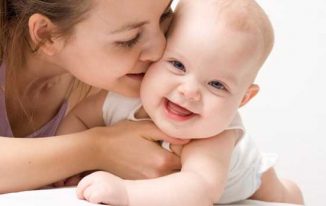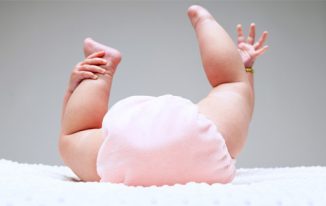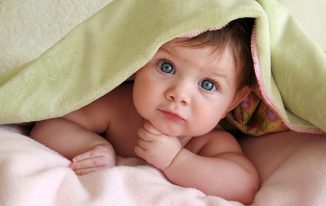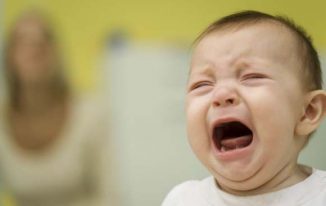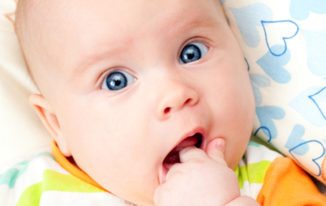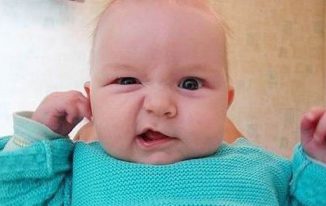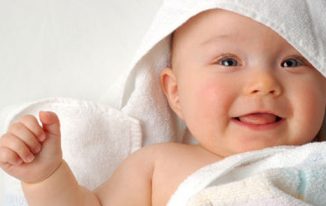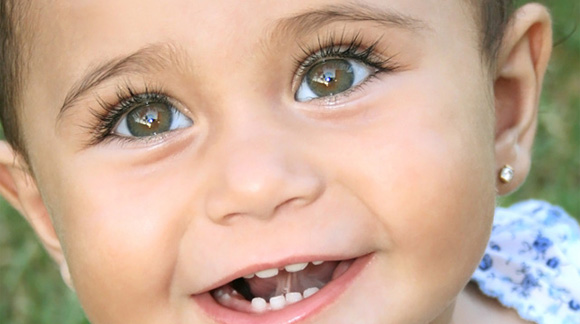
It’s a personal decision. Whether you want to pierce your baby’s ears or not, it’s all up to you. No one else can make that decision but you.
Piercing your baby’s ears becomes a hard decision to make since there’s just too much fuss about it. The debate about it goes on and on, with some folks calling to ban such practice.
According to abcnews.go.com:
An online petition with thousands of supporters is calling for a ban on baby ear piercing.
The source adds that Susan Ingram, the creator of the online petition, has this to say:
Severe pain and fear is inflicted upon infants unnecessarily. It serves no purpose other than to satisfy the parent’s vanity. Other forms of physically harming children are illegal — this should be no different.
Susan Ingram is not alone. Aside from the fact that her online petition has garnered about 60,000 signatures, other moms have shared their thoughts on piercing baby’s ears as well.
While some moms think that ear piercing is a form of child abuse, Ashley Austrew of scarymommy.com has this to say about it:
… ear piercing isn’t the same thing as child abuse. Yes, it hurts about as much as a vaccination, and no, it’s not a necessary modification. That still doesn’t make it cruel or abusive. At worst, it’s a controversial decision that might be better saved for when a child is older, but even then, there’s nothing wrong with a parent deciding to go ahead and do it while their child is still a toddler.
According to the American Academy of Pediatric’s site, healthychildren.org, ear piercing is safe for cosmetic reasons at any age. They say:
If the piercing is performed carefully and cared for conscientiously, there is little risk, no matter what the age of the child. However, as a general guideline, postpone the piercing until your child is mature enough to take care of the pierced site herself.
With all these strong views on piercing baby’s ears, making the decision to do such a thing becomes a challenge. Should you or shouldn’t you do it? To help you decide on this matter, consider these 7 crucial factors before doing so.
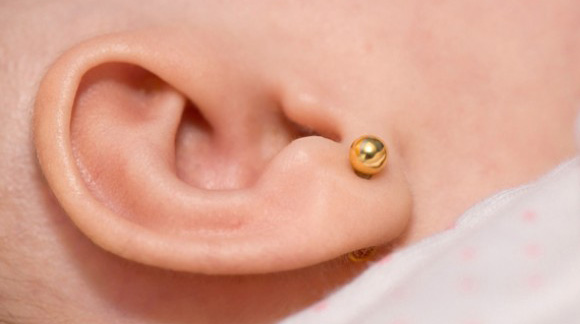
Here are the 7 crucial factors to consider before piercing your baby’s ears.
7. Choose a Good Piercing Place. Parents have to be very meticulous when choosing a good piercing place. It is best to start off by asking if your pediatrician or dermatologist can do it for you. If they refuse, then ask them for a recommendation or ask your friends and relatives about the top piercing places they know about. When you have finally found a suitable piercing place, check whether the technician there is experienced or not, makes use of sterile equipments and keeps his hands clean while performing the procedure. Source: newkidscenter.com
6. The Jewelry Itself. Real piercers use sterile implant-grade stainless steel or titanium jewelry that is tailored to each individual piercing — the right shape, size, and width (gauge) to help allow proper healing, prevent migration, and also almost eliminate allergic reactions. Source: thestir.cafemom.com
5. Get Vaccine Before Your Baby’s Ears Are Pierced. Vaccination before piercing is of paramount importance as it can prevent the chance of a tetanus infection. Even though the technician is most probably going to use a sterilized piercer for the procedure, it is still good to make sure that she has received her vaccination prior to piercing. Source: newkidscenter.com
4. The Best Time To Do It. There is really no “best” time as an infant, but in order to help keep your baby’s hands away from her ears you should probably do it while she is still very little. A three month old won’t understand the concept of playing with her ears like a one year old would. Likewise, a two or three year old is more likely to figure out how to take off those pesky adult proof backings leading to her losing one of her earrings. Yes, she will always just lose one, making you have a lot of single earrings laying around for your baby. Source: babiesonline.com
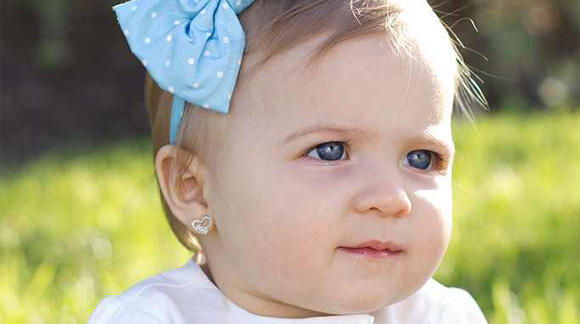
Here is the continuation of the 7 crucial factors to consider before piercing your baby’s ears.
3. Possibility for Keloid Formation. Piercing at a very young age significantly lowers the chance of keloid formation. A study by Dr. Joshua E. Lane, a professor at the Mercer University School of Medicine, found just that. The study, which was co-researched with Dr. Jennifer Waller and Dr. Loretta S. Davis (from Georgia College), surveyed 32 patients all whom have keloids which have resulted from ear piercings. The study found that 80% of people who got their first piercing after the age of 11 had a keloid formed from that first piercing, whereas only 23.5% of those who got their first piercing under the age of 11 had a keloid formed. Source: keloidcenter.com
2. Potential Complications. The most common complication that might happen is infection. It is caused due to the use of unsterilized equipment by the piercer. Other potential complications that might happen include: keloid formation, allergic reaction, and tearing of the ear lobes. Source: newkidscenter.com
1. Consult Your Pediatrician. Before getting your baby’s ears pierced, many readers recommend you consult your pediatrician. He or she will be the best professional to assess whether your baby’s ears are a suitable size for earrings. Additionally, a pediatrician should determine what vaccines your child should need prior to piercing. Source: popsugar.com
While it is a fact that piercing your baby’s ears is a serious matter, you can make it safe. Make sure to do your research on the matter and consult your pediatrician regarding things that may concern you.
Keep in mind that healing and caring for your baby’s piercings is a very important part of this endeavor.
The American Academy of Pediatric recommends the following when it comes to care:
After the piercing, apply rubbing alcohol or an antibiotic ointment to the area two times a day for a few days; these applications will cut down the chances of infection and hasten the healing process. The earring should not be removed for four to six weeks, but should be gently rotated each day. If the area of piercing becomes red or tender, an infection may be developing, and you should seek medical attention promptly.
By simply following the 7 vital factors mentioned above, you can easily decide to pierce your baby’s ears without worrying too much. For more peace of mind, make sure to do #1 before anything else.
Are you planning to have your baby’s ears pierced sometime soon or are you still sitting on the fence regarding this?

